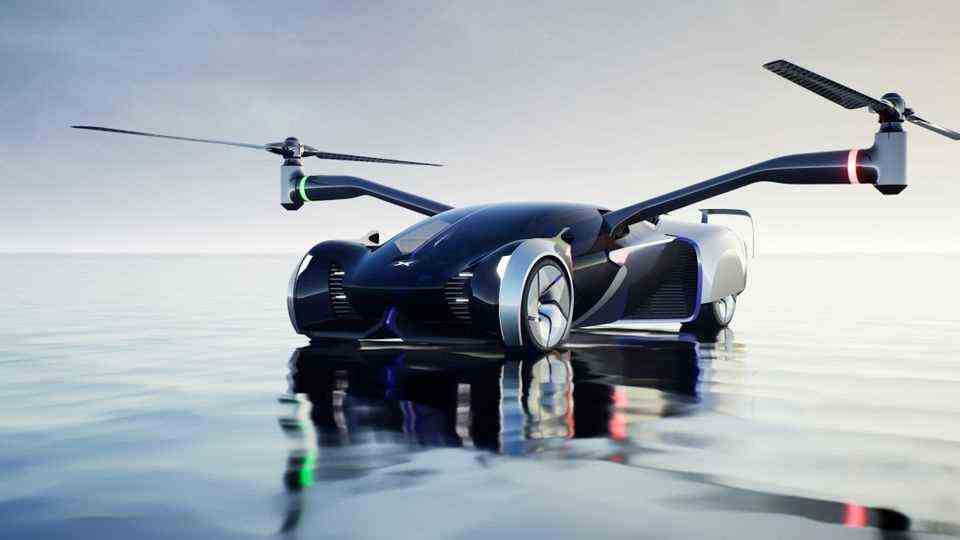Problems with autopilot
Dangerous braking failure: Tesla calls back almost 12,000 cars
Founder and CEO Elon Musk in front of a Tesla S.
© Paul Sakuma // Picture Alliance
Due to a software error, the US automaker Tesla has to bring thousands of cars to the workshop. The autopilot could therefore spit out phantom warnings and initiate risky braking maneuvers. All four of the manufacturer’s models are affected.
The reports about the controversial self-driving program of the electric car manufacturer Tesla are endless. After an automatically imported update, the autopilot can have a software error that can lead to problematic behavior of the automatic braking system. This works out from a security reportthe company released on Tuesday.
According to the report, the bug affects the update with the number 2021.36.5.2 for Tesla’s S, X and 3 series, which were manufactured between August 2017 and September 2021, and model Y cars from January 2020 to September 2021. Overall 11,704 vehicles of the manufacturer are said to be potentially affected in the USA. The Federal Motor Transport Authority does not yet list a recall on the problem in its overview of the manufacturer.
Increased risk of braking errors
According to the automaker, in certain situations, the incorrect update can result in the artificial intelligence of the autopilot issuing false warnings of a possible front-end collision and therefore initiating a braking maneuver. “If the automatic brake is triggered unexpectedly, it increases the risk of a rear-end collision with the following vehicle,” says the report dryly, explaining the danger posed by the error.
According to Tesla, the problem arises because the update can interrupt communication between two important chips in the system under certain circumstances. As a result, the artificial intelligence in the system, the neural network, would run less reliably than expected, according to the company. This in turn sometimes leads to incorrect detection of nearby objects when other cars are in the vicinity. For the driver, the false reports could be recognized by the fact that a corresponding message appears on the display and a warning signal sounds – without there being any reason for it on the road. The group does not explain whether the drivers can then still prevent the braking.

Autopilot put to the test
It’s not the first time Tesla has had problems with its autopilot. The self-drive mode is officially still in the test phase, but can already be switched on by drivers in the USA. The company did not have to withdraw an update until the summer because, according to reports from users, the cars drove “like drunks”. In addition, an investigation by the US authority for driving safety is ongoing because, for reasons that have not yet been clarified, Teslas repeatedly crashed into emergency vehicles parked on the roadside, such as ambulances, fire engines or police patrol cars, on the autopilot.
Source: Tesla recall report

